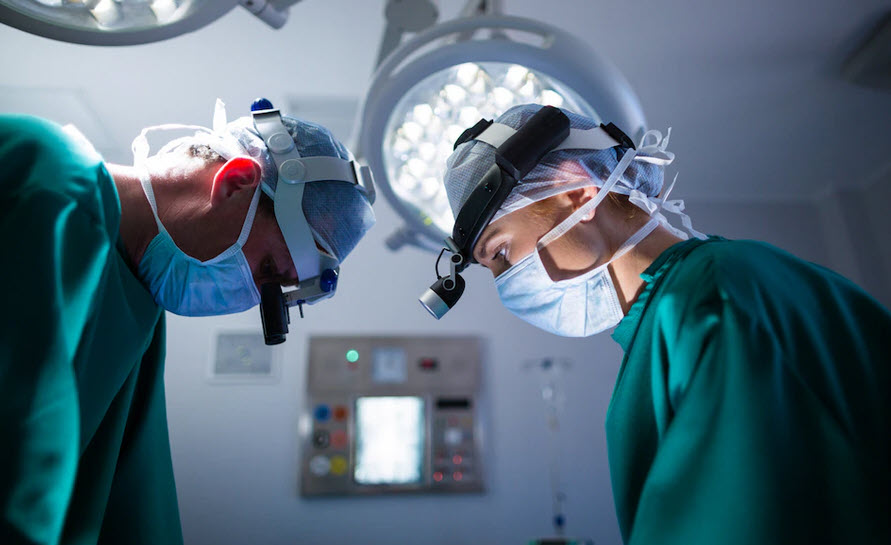Unilateral Biportal Endoscopic Spine surgery (UBES) is a minimally invasive surgical technique used to treat conditions of the spine such as herniated discs, degenerative disc disease, and spinal stenosis. Unlike traditional open spine surgery, UBES uses small incisions, typically less than 1cm, and special instruments called endoscopes to access the spine. These endoscopes have a small camera and light attached to them, which allows the surgeon to see inside the spine without having to make a large incision.
During the procedure, the surgeon makes two small incisions on the same side of the spine, one for the camera and one for the instruments. The endoscope is inserted through one incision, and the instruments are inserted through the other. The surgeon uses the camera to see the inside of the spine and the instruments to remove or repair the damaged tissue.
UBES is considered a less invasive alternative to traditional open spine surgery and is associated with several benefits such as less blood loss, less pain, faster recovery, and minimal scarring. However, it is important to note that not all patients are candidates for this procedure, and it may not be appropriate for patients with severe spinal conditions.
It is best to consult with a spine surgeon Dr. Fischer who is experienced in performing endoscopic spine surgery to determine whether UBES is the right choice for you.
FAQ’s
How does UBES differ from traditional open spine surgery?
UBES uses small incisions, typically less than 1cm, and endoscopes to access the spine, while traditional open spine surgery requires a large incision to access the spine.
Who is a candidate for UBES?
UBES may be appropriate for patients with herniated discs, degenerative disc disease, and spinal stenosis. However, it may not be appropriate for patients with severe spinal conditions, and it is best to consult with a spine surgeon to determine whether UBES is the right choice for you.
What are the benefits of UBES?
UBES is associated with several benefits such as less blood loss, less pain, faster recovery, and no scarring.
How long does the recovery take after UBES?
Recovery times vary depending on the patient and the condition being treated. However, most patients can expect to return to normal activities within a few days to a few weeks after UBES.
What are the risks of UBES?
As with any surgical procedure, there are risks associated with UBES such as infection, bleeding, and nerve damage. These risks are generally low and will be discussed with you by your surgeon prior to the procedure.
How long do the results of UBES last?
The results of UBES can vary depending on the condition being treated. However, most patients experience long-term pain relief and improved function.

